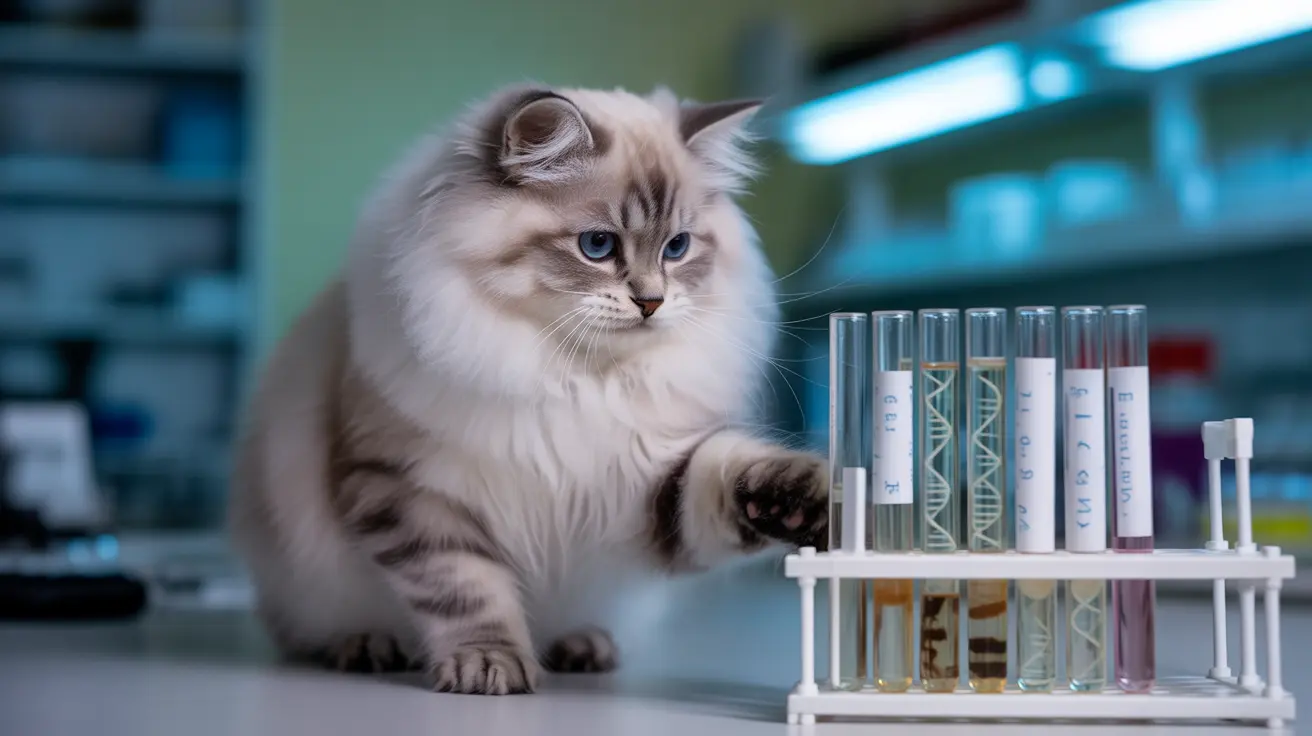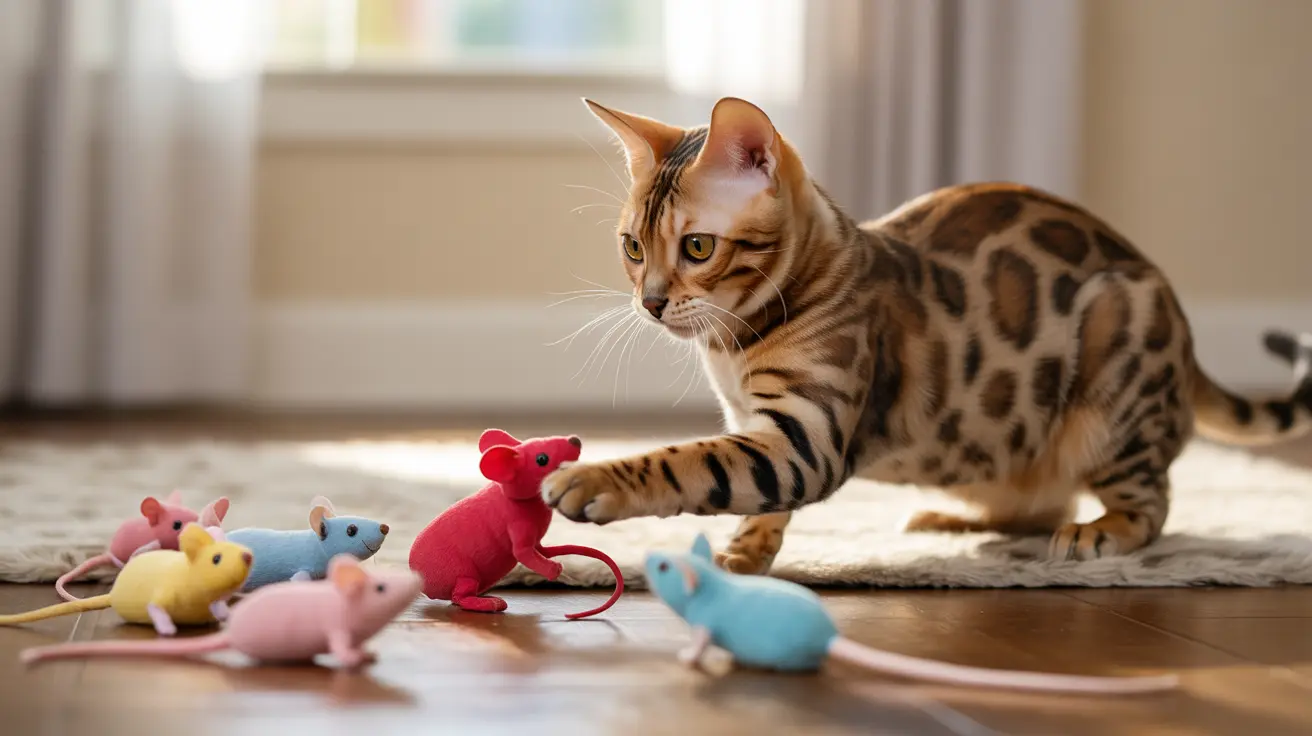Understanding the Challenges of Training a Protection Dog
Training a protection dog is a complex, multi-phase process that demands dedication, experience, and ongoing effort. It's not simply about making a dog aggressive — it's about nurturing a stable, confident, and controlled animal that knows how to react appropriately to different situations.
Early Training and Socialization
Protection dog training ideally starts from puppyhood. Early socialization is crucial to help the dog become adaptable in varying environments and comfortable around different people and animals.
- Expose the dog to diverse settings such as parks, busy streets, and different types of people.
- Reinforce positive behavior through treats and praise to build confidence and trust.
Training during this phase should focus on basic obedience commands like sit, stay, come, and heel. These establish the foundation for effective communication and control.
Building Obedience and Confidence
Once the dog masters basic obedience, more complex tasks can be added. Specialized guard training includes:
- Bark on command and stop barking on cue.
- Alertness training to remain vigilant to specific stimuli.
- Patrolling designated areas within a property.
- Controlled reaction to actual threats with proper restraint.
Controlled Aggression and Bite Inhibition
Not every protective scenario requires a bite. A well-trained protection dog should:
- Distinguish real threats from benign situations.
- Show restraint and respond only when truly necessary.
- Possess strong bite inhibition so as not to cause undue harm when physical control is exerted.
Exposure Training
To prepare the dog for real-life challenges, it must be exposed to various stimuli like:
- Loud noises such as sirens or fireworks.
- Unfamiliar people in controlled settings.
- Different surfaces and environments to build adaptability.
This helps minimize stress and maximize focus during live events.
Supervision and Containment
During training, dogs must be properly supervised. Secure containment — whether in a well-fenced yard or via leashes and harnesses — is essential to prevent accidents and maintain safety for both the public and the dog.
Breed Selection Matters
Not all dogs are suited for protection work. Working-line breeds such as:
- German Shepherds
- Belgian Malinois
- Rottweilers
are often chosen for their strong drives and instincts. However, these breeds can be challenging to handle and typically require experienced handlers. A good protection dog should be friendly, emotionally stable, and well-socialized before beginning advanced training.
Common Training Steps
A reliable protection dog follows a sequence of well-practiced behaviors:
- Thorough socialization to recognize normal vs. unusual situations.
- Reinforcement of basic obedience with consistent cues and rewards.
- Commanded barking followed by silence on cue.
- Appropriate territorial behavior supported by supervised boundary training.
- Impulse control exercised during visits and distractions.
- Alone training to test behavior when pups are unattended.
Testing and Practice
Effectiveness must be validated under realistic conditions:
- Introduce strangers as mock intruders to test response.
- Command retreat and ensure obedience under stress.
- Increase distractions during drills to check for reliability.
Care, Ethics, and Responsibility
It's vital to note that protection dogs are not machines. Consistent love, care, and training are non-negotiable. Attempting to create aggression through harsh treatment is unethical and often results in dangerous, unstable behavior.
Owners must also consider:
- Time and commitment required for continuous reinforcement.
- Their ability to safely supervise and manage a powerfully trained animal.
- Liability concerns, which may require proper insurance coverage.
Conclusion
While the reward of having a reliable protection dog is significant, getting there requires diligence, professionalism, and empathy. With the right approach, a well-trained dog becomes a deterrent, a companion, and a true protector — safely integrated into a family or business environment.





